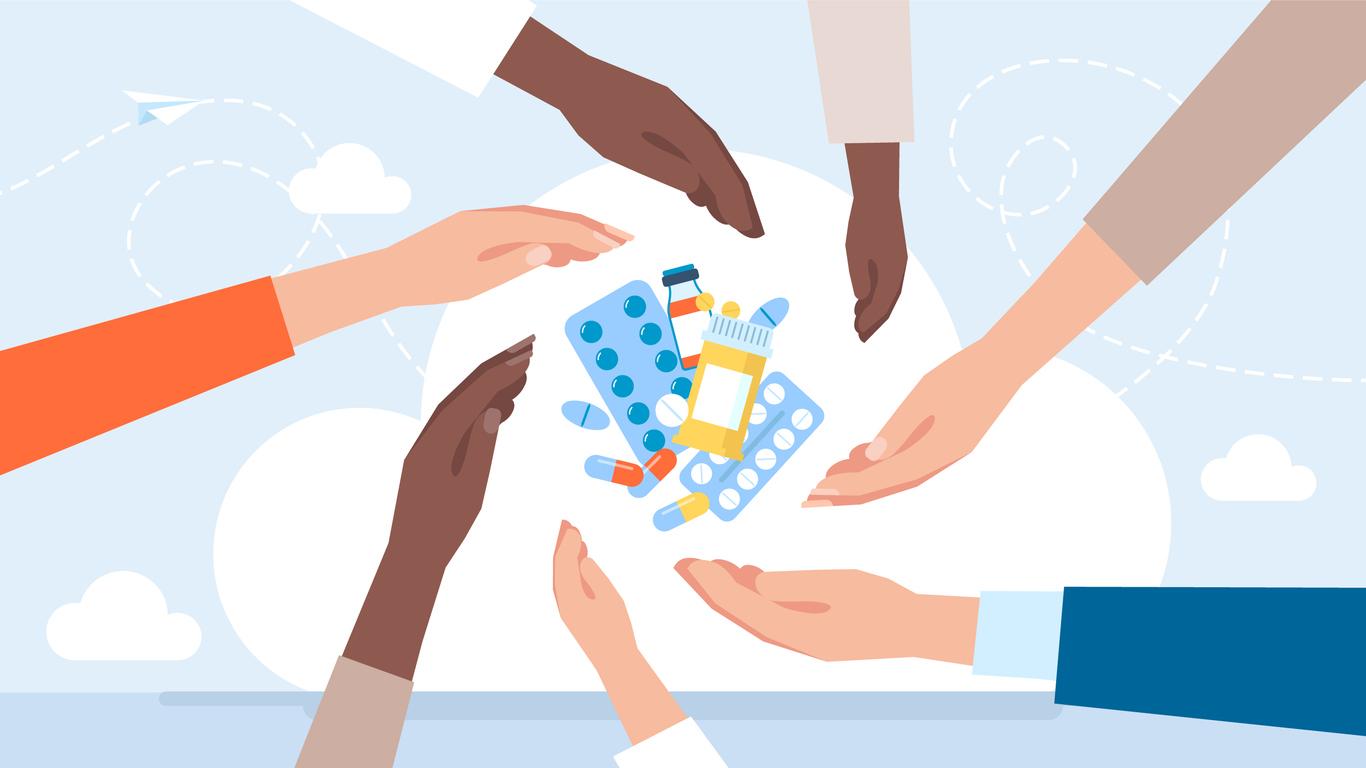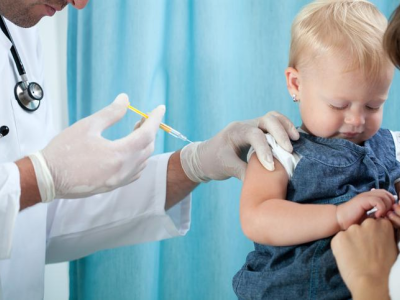A new report suggests a handful of innovative antimicrobials that could be approved within the next few years could save up to 160,000 lives if made available, and used appropriately, in the low- and middle-income countries (LMICs) where they're most desperately needed.
But the companies developing these products are not doing as much as they could be to make this goal a reality.
The report from the Access to Medicine Foundation tracks four innovative, late-stage antimicrobial research and development projects, and one recently approved product, that collectively treat a variety of drug-resistant infections, which disproportionately affect people in LMICs. It finds that while the companies developing these products are employing some strategies to increase access and promote stewardship in LMICs, there's much more they could be doing to ensure that these drugs will be available to every patient everywhere.
"We have a small, but effective, arsenal in the race to combat drug resistance," Access to Medicine Foundation CEO Jayasree Iyer, MD, PhD, said in a press release. "The difference between us winning or losing this race depends on how companies enable access to people living on the frontlines of drug resistance."
Lack of concrete plans for access, affordability, stewardship
The four products and companies highlighted in the report are gepotidacin (GSK), an antibiotic for treating urinary tract infections (UTIs) and gonorrhea; zoliflodacin (Innoviva), an oral antibiotic for gonorrhea; cefipime-taniborbactam (Venatorx), a combination antibiotic that targets complicated UTIs and hospital-acquired pneumonia caused by multidrug-resistant gram-negative bacteria; and olorofim, an antifungal targeting invasive fungal infections. The fifth product is Pfizer's aztreonam-avibactam, which was recently approved by the European Medicines agency for treating a host of multidrug-resistant bacterial infections.
The projects were chosen based on World Health Organization (WHO) innovation criteria, targeting of WHO priority pathogens, unmet medical need, and high resistance to current treatments. They also reflect a balance of large research-based pharmaceutical companies, many of which have abandoned antibiotic R&D, and small- and medium-sized enterprises. The geographic scope of the report is the 113 LMICs where greater access to all medicines is needed and where lack of access to new antibiotics can promote the rise of antimicrobial resistance.
Marijn Verhoef, PharmD, director of operations and research at Access to Medicine Foundation, said the aim of the report was not to focus on the thin pipeline for new, innovative antimicrobials—a topic that's been well covered in multiple reports—but instead to examine the drugs that are nearing approval and could have a meaningful impact on global mortality.
"We wanted to focus on what's currently in the pipeline and the number of lives that these projects can save, and also how these companies are currently preparing to do broad planning for access and availability and, at the same time, stewardship to make sure that excessive use is avoided," Verhoef told CIDRAP News.
Among the primary conclusions: Concrete plans for registering these products in LMICs is lacking. The report found that, for all five projects combined, concrete commitments for registration were identified in only five LMICs—China, India, Mexico, South Africa, and Thailand. For the other 108 LMICs, it's unclear if any of the products will be made available in those countries upon regulatory approval.
The difference between us winning or losing this race depends on how companies enable access to people living on the frontlines of drug resistance.
Verhoef said this isn't surprising, since the five countries have more advanced regulatory systems and the companies have experience registering new medicines in those countries. While registering new drugs in all 113 LMICs might be a tall task, he would like to see companies focus on other countries where their products could truly meet an unmet need.
"Let's look at the top ten countries with the highest burden of disease," he said. "These countries should at least be prioritized when it comes to filing for registration."
Another finding of the report is that affordability and stewardship have largely been overlooked. While Pfizer is applying specific pricing strategies for aztreonam-avibactam and has an initiative to offer drugs in its portfolio at a not-for-profit basis, the report could identify no other plans for making new products affordable for patients in LMICs among the other four case studies. And stewardship initiatives, including surveillance and responsible sales and promotion strategies, were "relatively marginal," Verhoef said.
On a more encouraging note, four of the five companies analyzed—GSK, Pfizer, Innoviva, and Venatorx—are running or initiating clinical trials to assess the efficacy of the antimicrobials in children, who were identified by the Access to Medicine Foundation as a particularly vulnerable population for drug-resistant infections. The report notes, for example, the resistance rate for one of the first-line antibiotics used for neonatal sepsis (gentamicin) is 60% in LMICs.
"For children living in LMICs, already life-threating infections can prove fatal when existing treatments are not effective or are unavailable," the report states. "Drug resistance can also lead to childhood pneumonia becoming untreatable and can lead to devastating outcomes, such as trouble breathing, bleeding into the lungs and even death from sepsis."
Partnerships will play a critical role
The report also highlights the important role collaborations can play in expanding global access to new antimicrobials, especially for smaller companies that don't have the financial resources and global reach of large pharmaceutical companies.
An example is the agreements that Venatorx and Innoviva have signed with the nonprofit Global Antibiotic Research and Development Partnership (GARDP) to complete the development of cefepime-taniborbactam and zoliflodacin. These agreements, under which GARDP has acquired the rights register and commercialize the antibiotics in LMICs, have enabled the companies to pursue access on a much wider scale than they could on their own.
Smaller companies can also partner with large pharmaceutical companies to help get their products across the finish line and registered in more countries, the report suggests. In addition, public funders of antimicrobial development projects, including governments, could require companies to have access and stewardship plans from phase 2 trials onward.
But without more of these types of collaborations, Verhoef said, getting new antimicrobials to all the people who might need them is going to be difficult.
"Until we find a solution to grow the [antibiotic] pipeline into a healthy pipeline, we need to consider every single organization involved in increasing access to antibiotics or antifungals," he said.
























